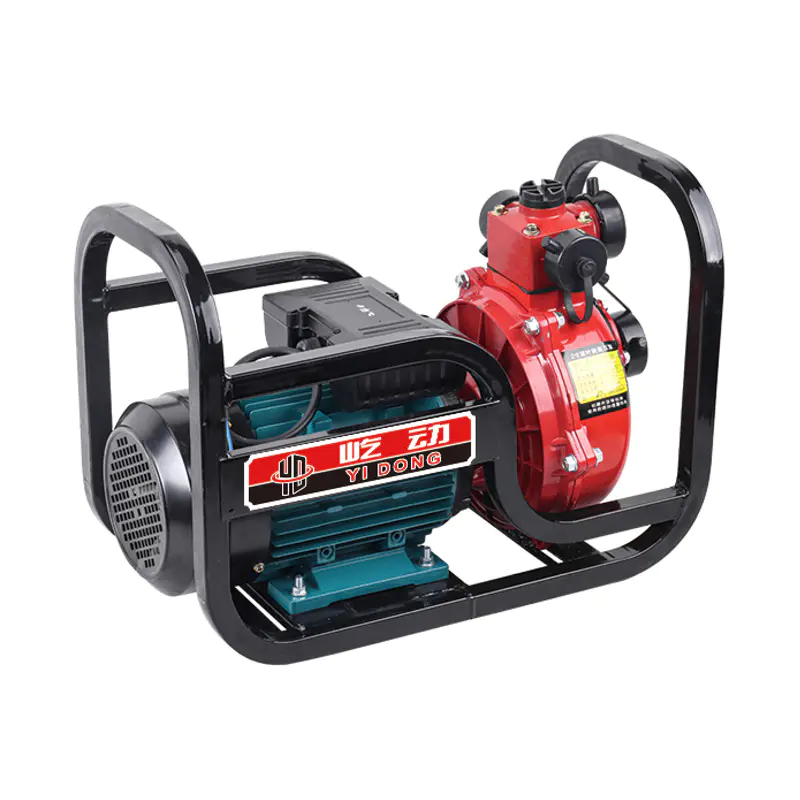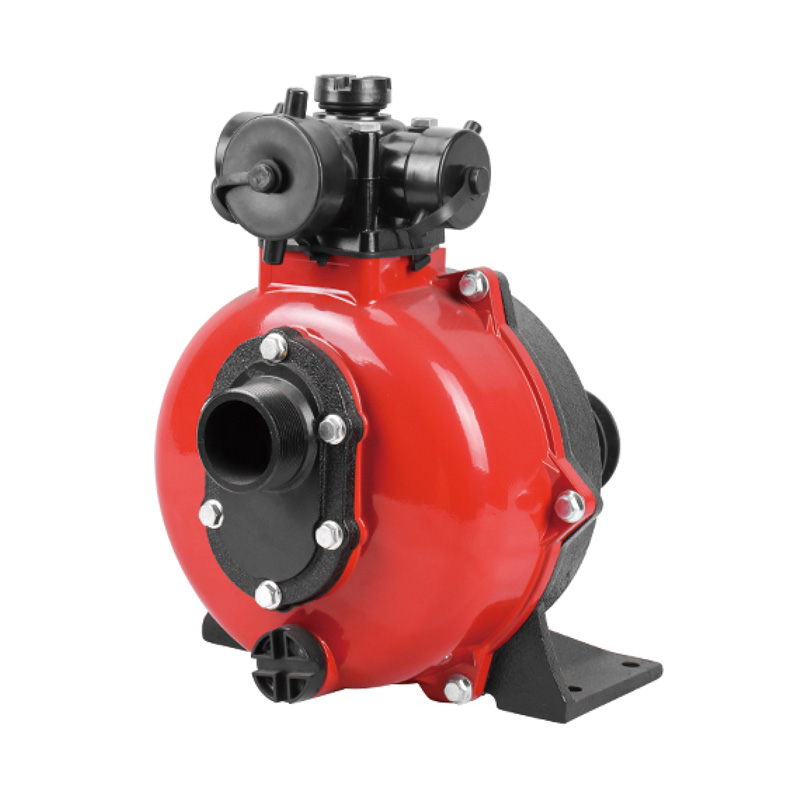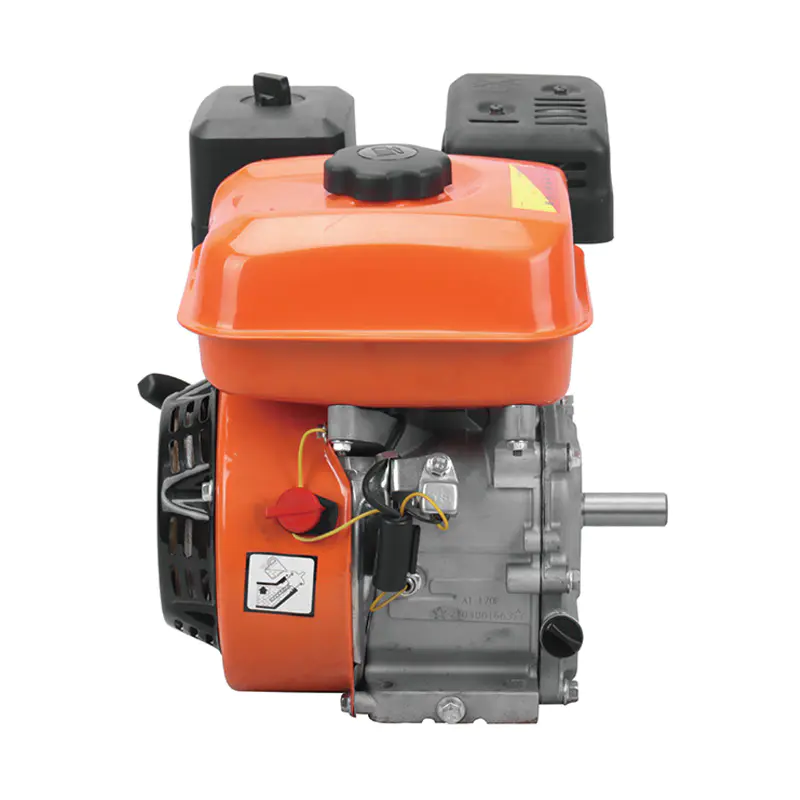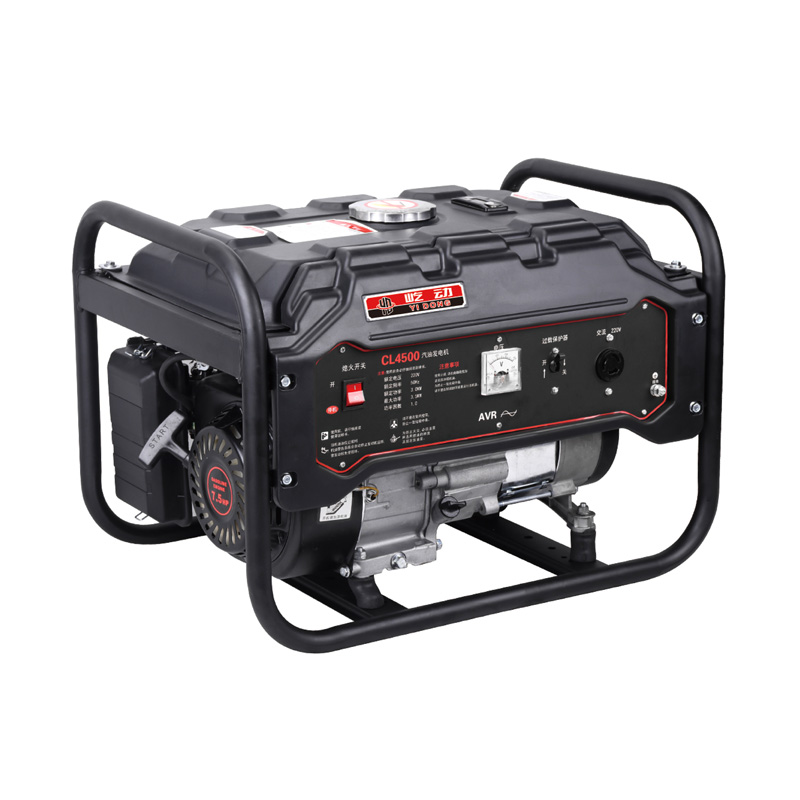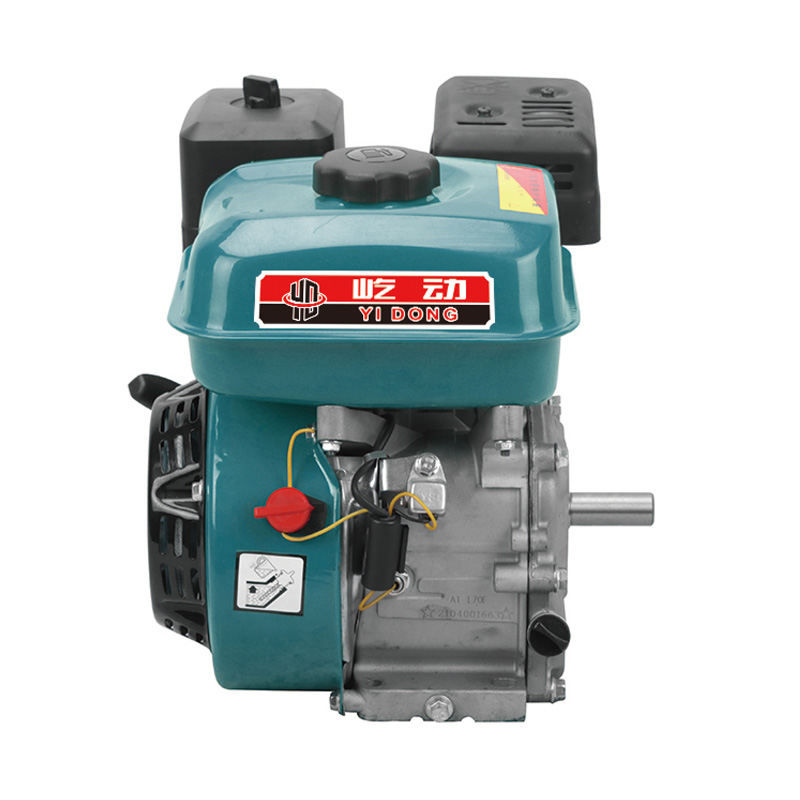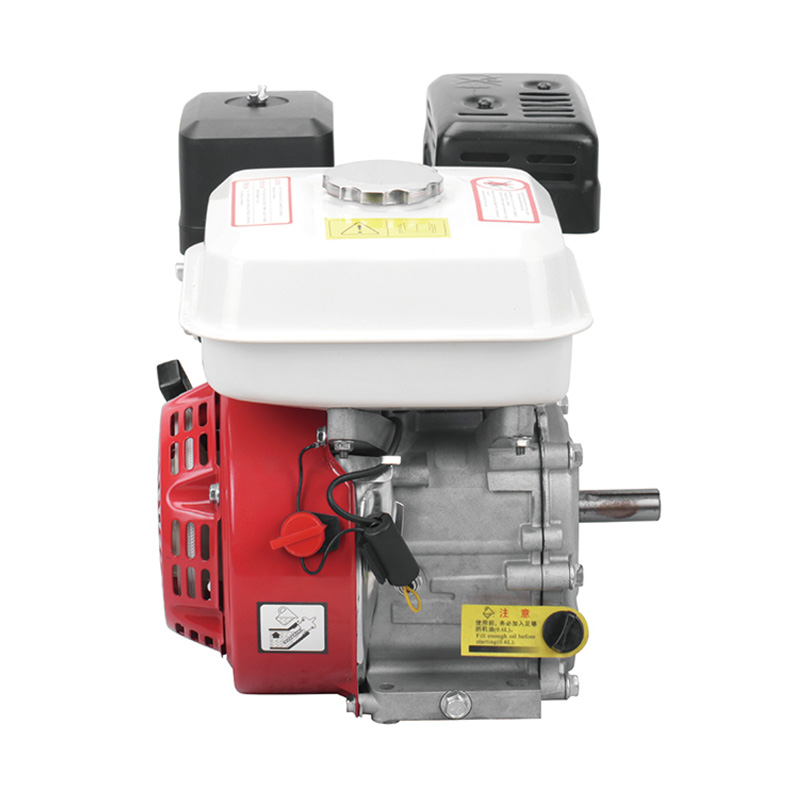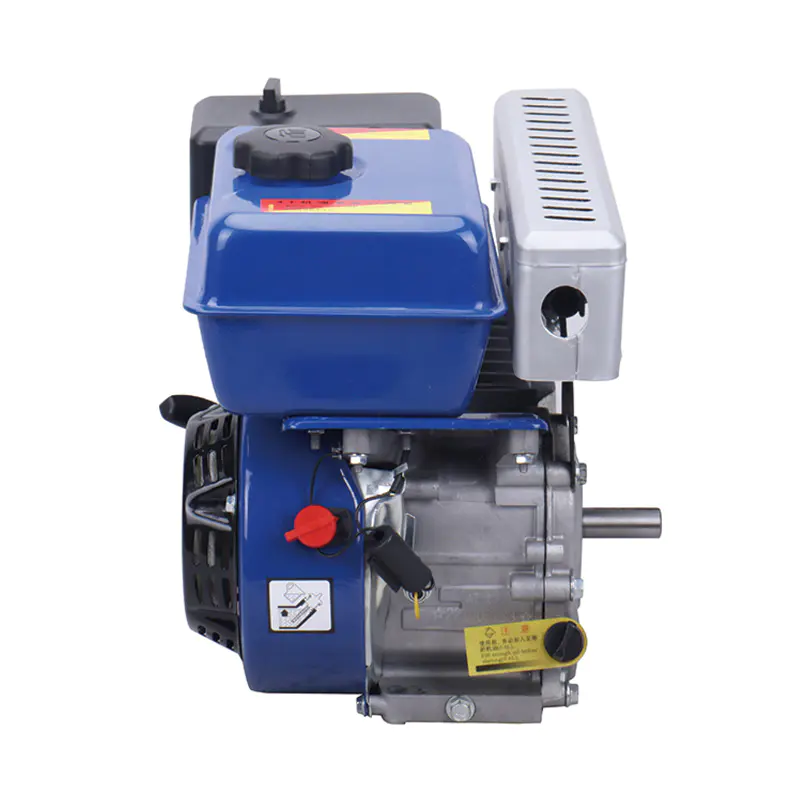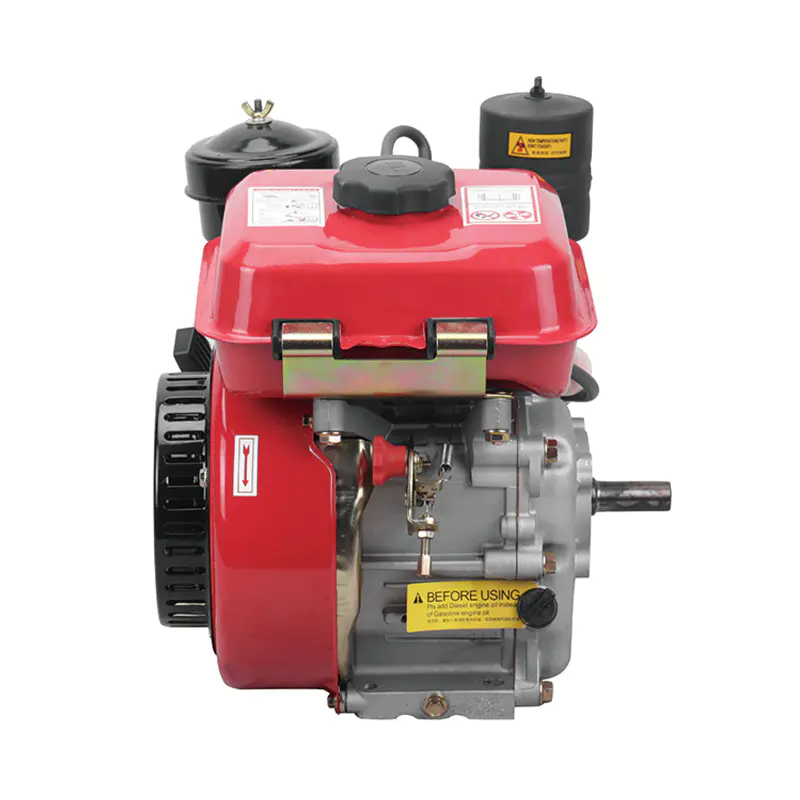When considering efficient water distribution for agricultural purposes, have you ever wondered about the role of a centrifugal irrigation pump? These pumps are widely used in farming and irrigation systems due to their ability to move large volumes of water with minimal effort. But what exactly makes them so effective?
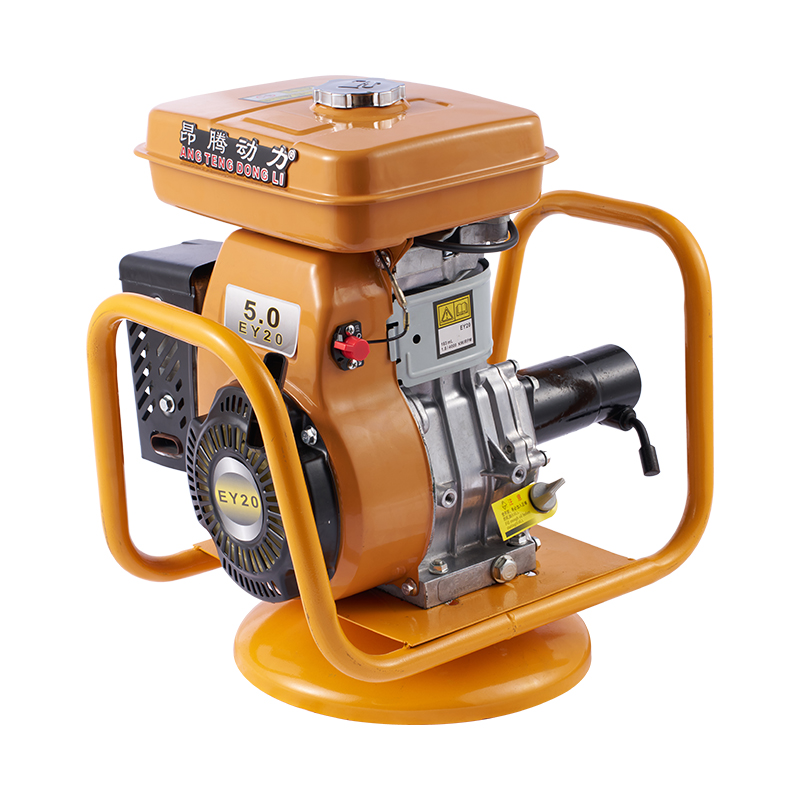
Centrifugal irrigation pumps operate by converting rotational energy from an impeller into kinetic energy, which then moves water through the system. This design allows them to handle significant water flow rates, making them ideal for irrigating large fields or orchards. Are there specific features that set these pumps apart? One key advantage is their simplicity and reliability. With fewer moving parts compared to other pump types, centrifugal pumps require less maintenance and are less prone to mechanical failure.
Another aspect to consider is their versatility. Can centrifugal pumps adapt to different water sources? Absolutely. They are commonly used in rivers, ponds, and reservoirs, making them suitable for various farming environments. Additionally, their ability to operate at high speeds ensures consistent water delivery, which is crucial for crop health.
How Does a Centrifugal Pump Work?
- Converts rotational energy into kinetic energy.
- Uses an impeller to move water efficiently.
- Ideal for high-volume water transfer.
Centrifugal irrigation pumps are designed to handle large volumes of water, making them a popular choice for agricultural irrigation. The pump operates by spinning an impeller, which creates centrifugal force. This force pushes water outward, generating kinetic energy that moves the water through the system. The simplicity of this mechanism ensures reliable performance, even in demanding conditions.
What Are the Key Advantages?
- Low maintenance due to fewer moving parts.
- Versatile for various water sources.
- Consistent water delivery for crop health.
One of the standout features of centrifugal pumps is their low maintenance requirement. With fewer components, these pumps are less likely to experience mechanical failures. They can draw water from rivers, ponds, and reservoirs, making them adaptable to different farming environments. Their ability to maintain consistent water flow is essential for ensuring healthy crop growth.
Are There Any Limitations?
- Requires priming before operation.
- May struggle with air pockets in the system.
While centrifugal pumps are highly efficient, they do have some limitations. Priming the pump with water before operation can be inconvenient, especially in remote locations. Additionally, the presence of air pockets in the system can disrupt performance. However, these challenges are often manageable with proper setup and maintenance.
Self-Priming Irrigation Well Pump
What Makes It Self-Priming?
- Eliminates the need for manual priming.
- Creates a vacuum to draw water automatically.
- Suitable for deep well applications.
Self-priming irrigation well pumps are designed to start without the need for manual priming, a feature that sets them apart from traditional pumps. By creating a vacuum, the pump draws water into the system, making it highly efficient for deep well use. This feature is particularly beneficial in areas where water access is challenging.
Why Is It Durable and Reliable?
- Built with corrosion-resistant materials.
- Designed to withstand harsh conditions.
- Ensures long-term performance.
Durability is a key strength of self-priming well pumps. They are constructed with materials that resist corrosion and wear, ensuring they can operate in demanding environments. This reliability is crucial for farmers who depend on consistent water access for irrigation.
How Does It Handle Variable Water Levels?
- Adapts to fluctuating water tables.
- Maintains efficiency during dry seasons.
- Ensures uninterrupted water supply.
Self-priming well pumps are designed to handle varying water levels, making them ideal for regions with unpredictable water tables. Their ability to maintain performance during dry seasons ensures a steady water supply, which is vital for crop sustainability.
Both centrifugal and self-priming irrigation pumps offer unique benefits for agricultural water management. Centrifugal pumps excel in high-volume water transfer, while self-priming pumps provide convenience and reliability in deep well applications. By understanding their features and limitations, farmers can choose the right pump to meet their irrigation needs. How will you integrate these technologies into your farming practices to enhance efficiency and productivity?



 English
English русский
русский Français
Français Español
Español عربى
عربى